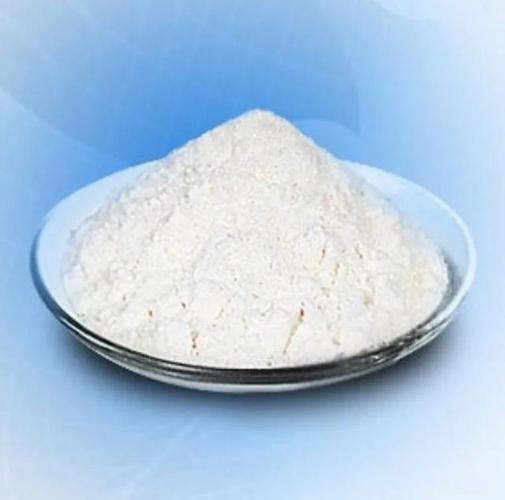
What are pharmaceutical raw materials ?
Pharmaceutical raw materials are the fundamental substances used in the production of medications and health products. They are essential for ensuring the safety, efficacy, and compliance of drugs with regulatory standards. These materials can be categorized into several types, each playing a unique role in the manufacturing process.
Types of Pharmaceutical Raw Materials
Active Pharmaceutical Ingredients (APIs)
APIs are the core components that provide the therapeutic effects of a medication. They can be synthesized chemically, derived from natural sources like plants or animals, or produced through biotechnological processes. For example, ibuprofen is an API used for pain relief. The quality and purity of APIs are crucial for the effectiveness and safety of the final product.
Excipients
Excipients are inactive substances that support the formulation and delivery of the medication. They enhance drug stability, improve absorption, and make the medication more palatable. Common excipients include fillers (e.g., lactose), binders (e.g., starch), disintegrants (e.g., cellulose), and lubricants (e.g., magnesium stearate).
Solvents
Solvents are liquids used to dissolve or dilute substances during the manufacturing process. They are essential for chemical reactions and forming the final product. Common solvents include water, ethanol, and acetone.
Intermediates
These are chemical compounds formed during the synthesis of APIs. They are not present in the final medication but are critical steps in the production process. For example, 6-APA (6-Aminopenicillanic acid) is an intermediate used in the production of penicillin.
Biological Raw Materials
These include cells, tissues, and plasma used in producing biological products like vaccines and gene therapies. They require stringent quality control to prevent contamination and ensure safety.
Natural Raw Materials
Derived from plants, animals, or minerals, these materials are used in herbal medicines and other natural-based drugs. Their quality can vary based on the source, making consistency a challenge.
Packaging Materials
Packaging materials, such as bottles, blister packs, and labels, protect medications during storage and transportation. They ensure the drug remains stable and meets regulatory standards for safety and shelf life.
Importance of High-Quality Raw Materials
The quality of pharmaceutical raw materials directly impacts the safety and effectiveness of medications. Poorly manufactured or contaminated raw materials can lead to reduced efficacy or harmful side effects. Therefore, strict quality control and regulatory compliance are essential to ensure that raw materials meet high standards for purity and consistency.
In summary, pharmaceutical raw materials are the backbone of modern medicine, ensuring that medications are safe, effective, and reliable. Understanding their roles and maintaining high-quality standards are critical for the pharmaceutical industry.
 How can we prevent microbial contamination in pharmaceutical production?
How can we prevent microbial contamination in pharmaceutical production?
 What are the common contaminants found in raw materials?
What are the common contaminants found in raw materials?
 How to ensure the quality and purity of raw materials?
How to ensure the quality and purity of raw materials?
 What are pharmaceutical raw materials ?
What are pharmaceutical raw materials ?
